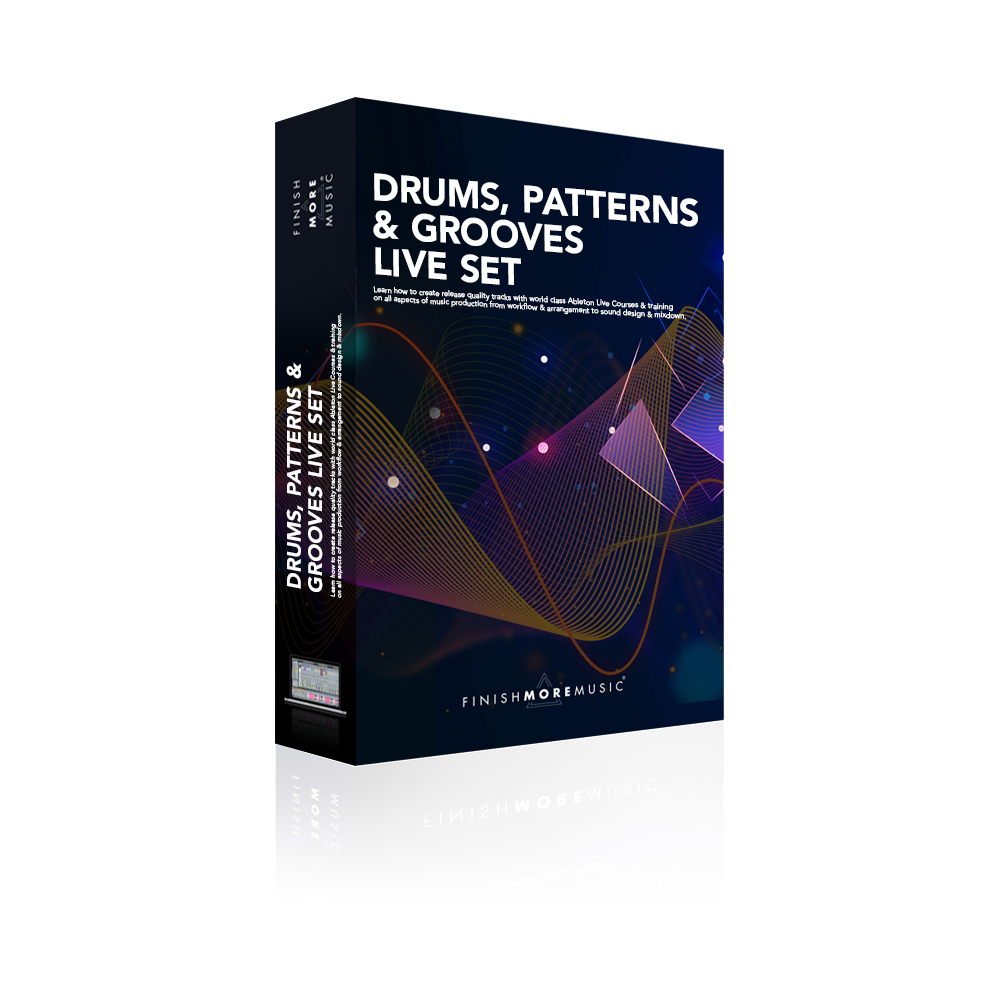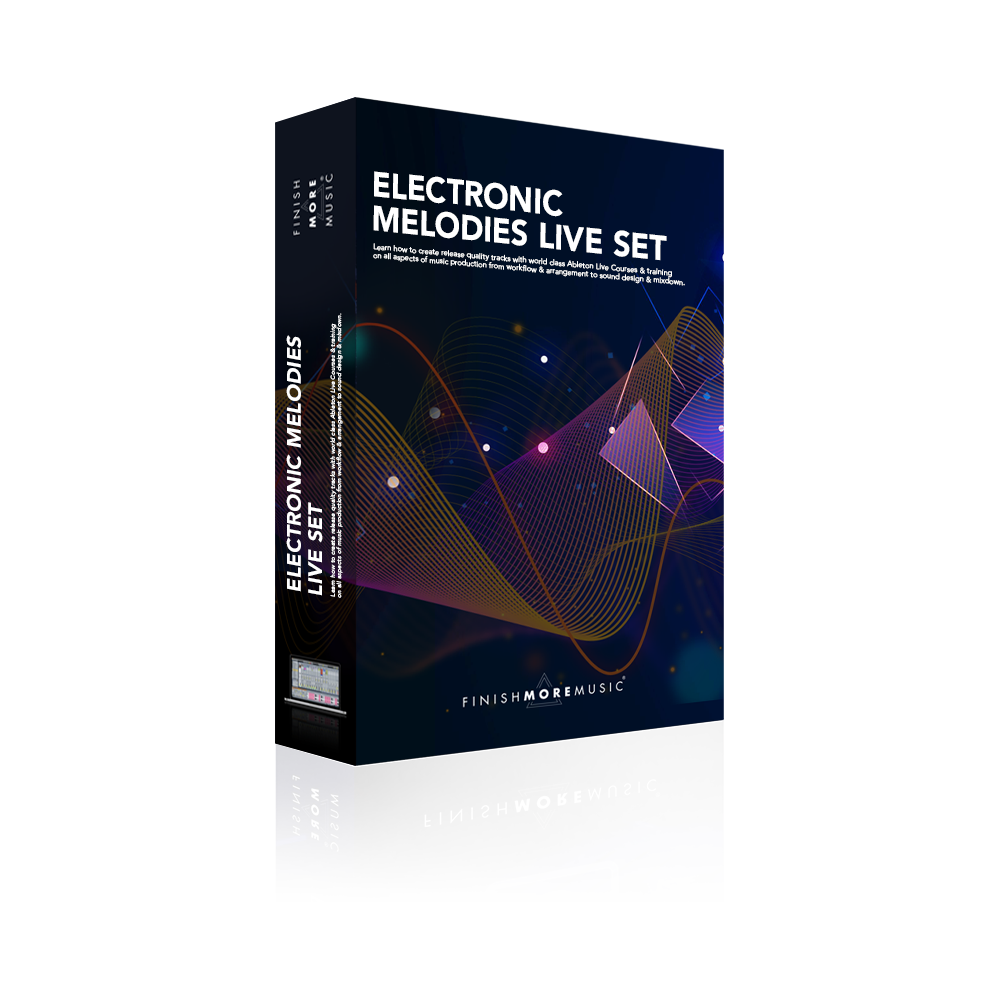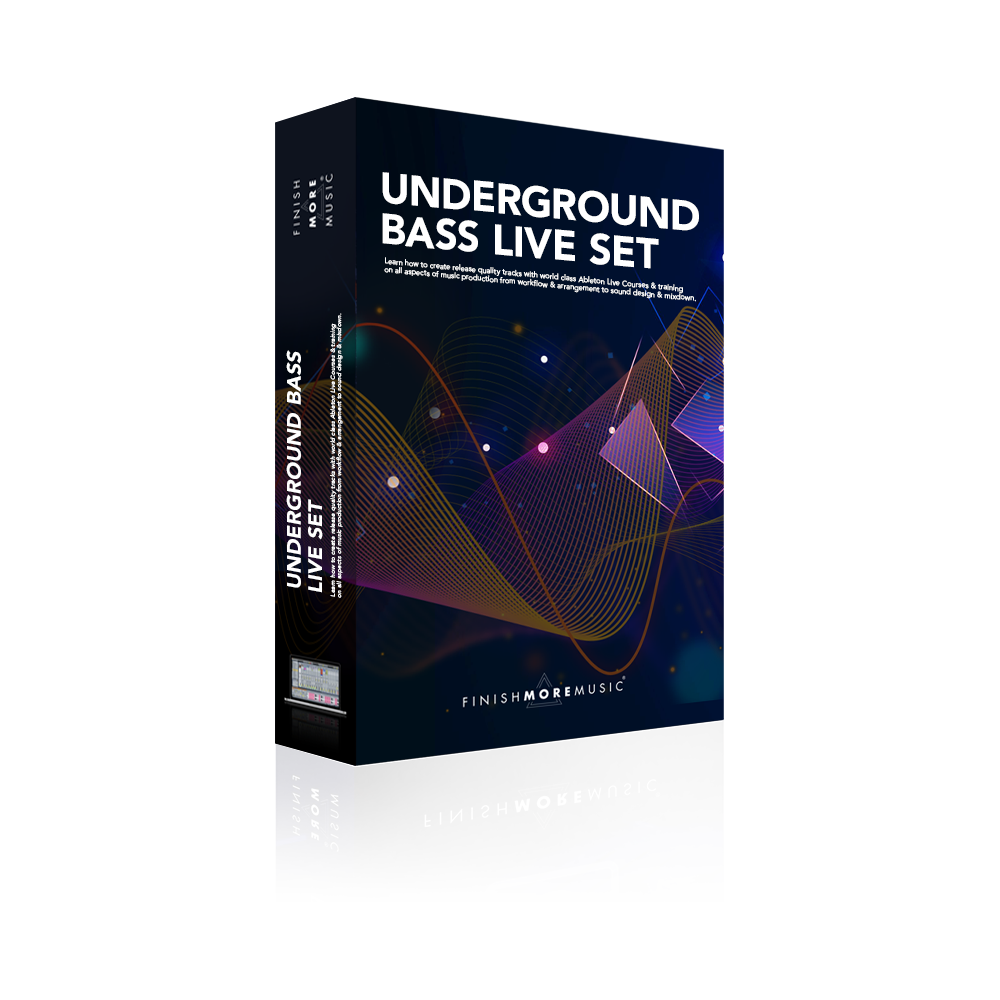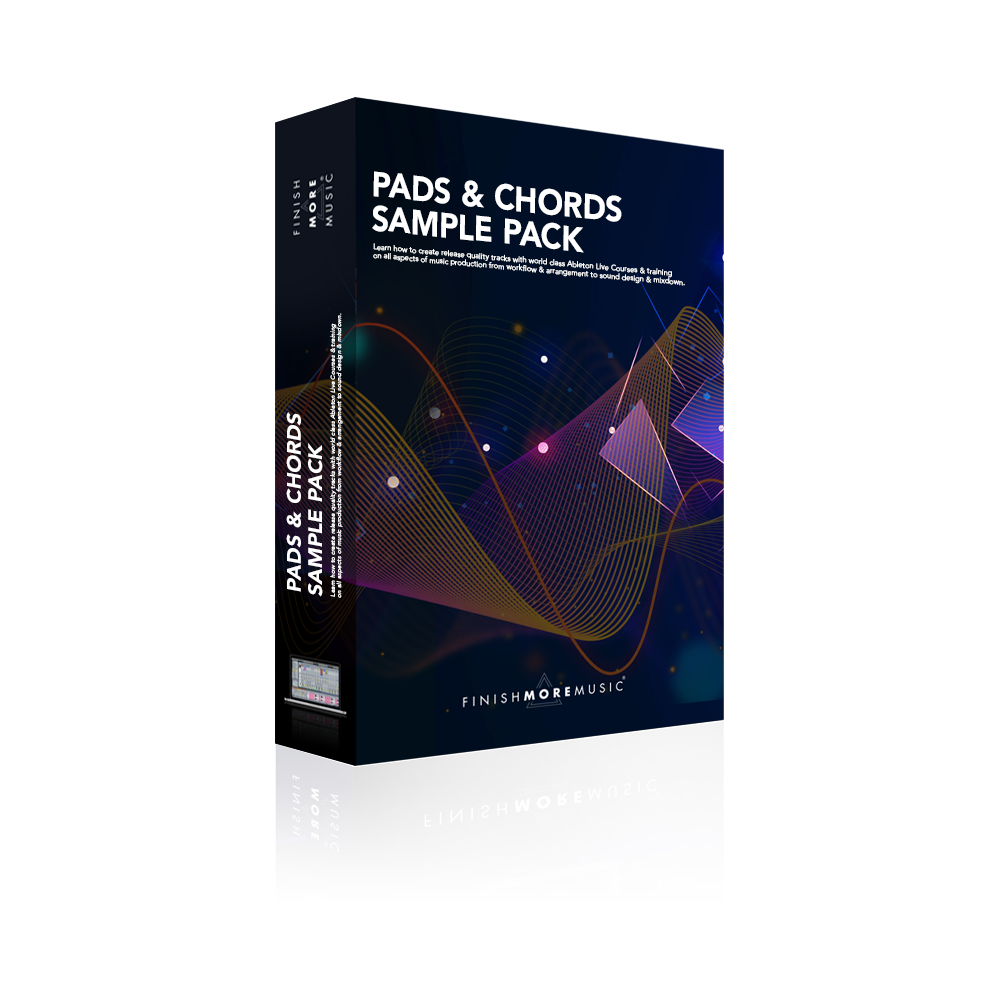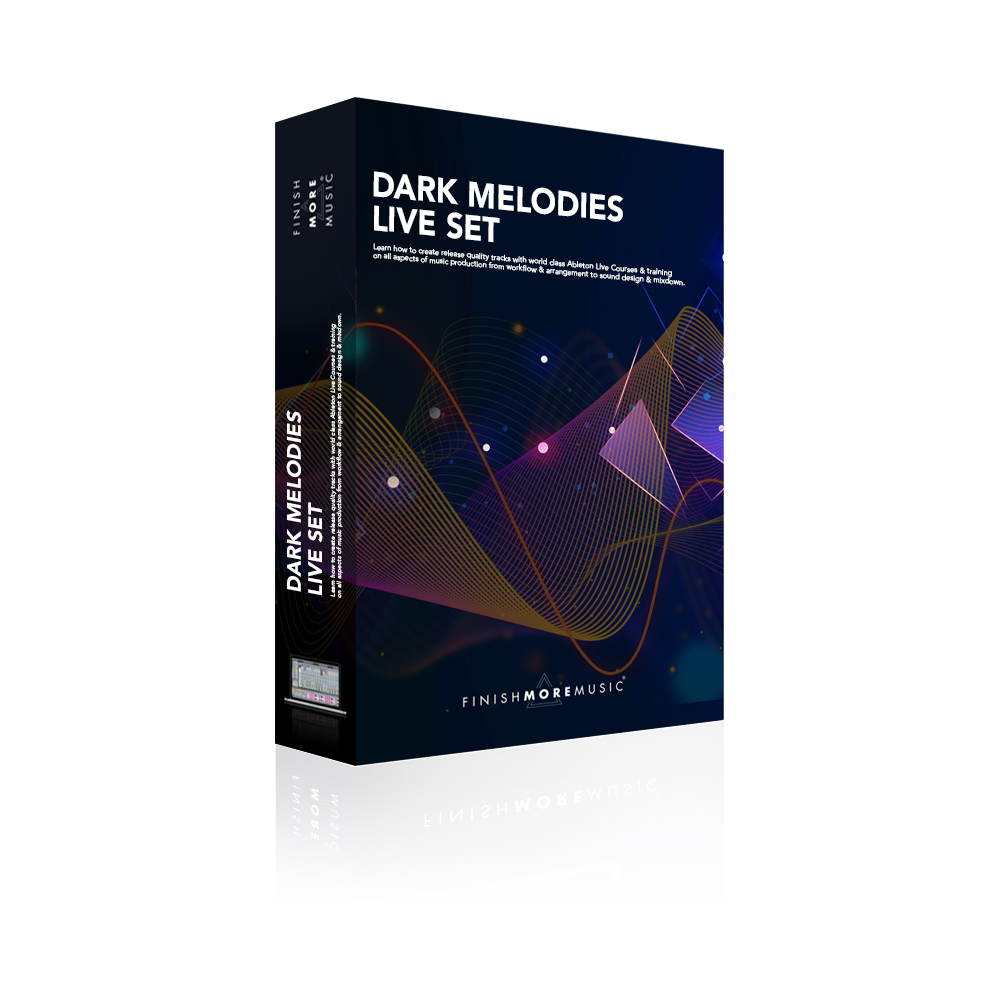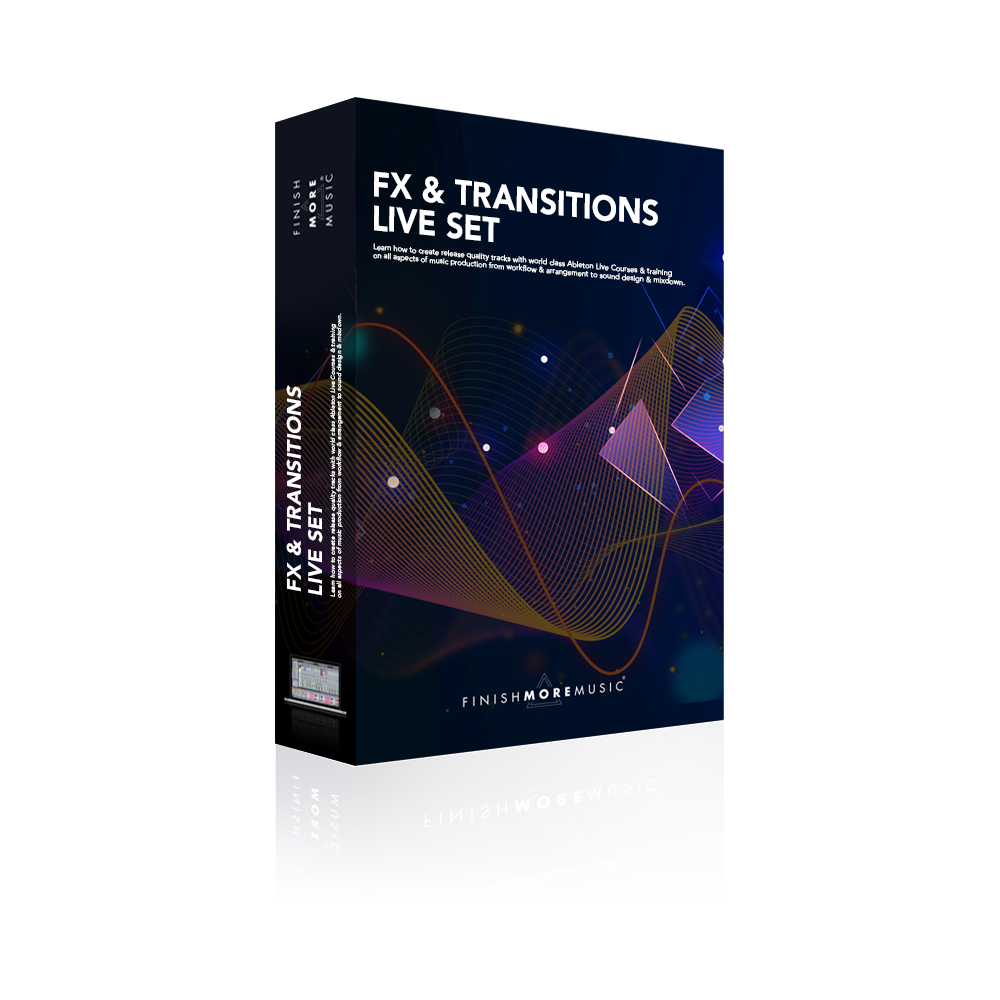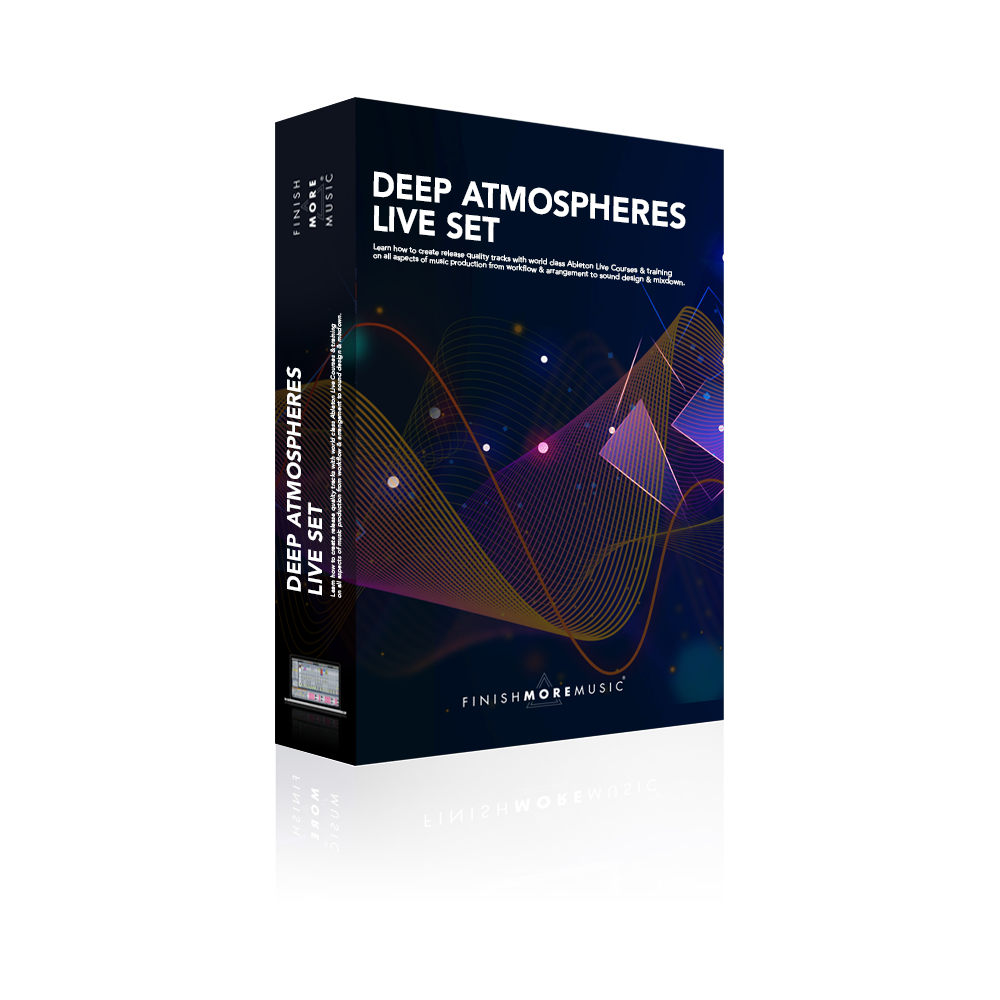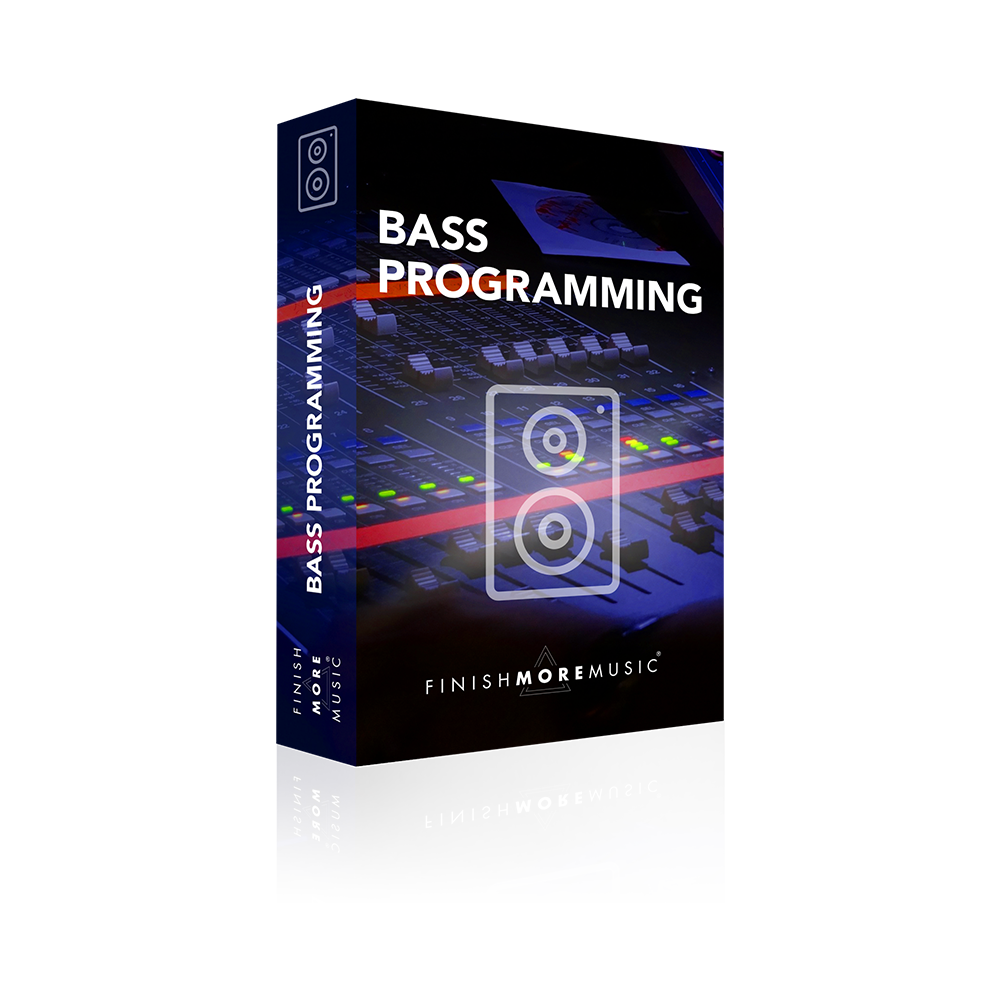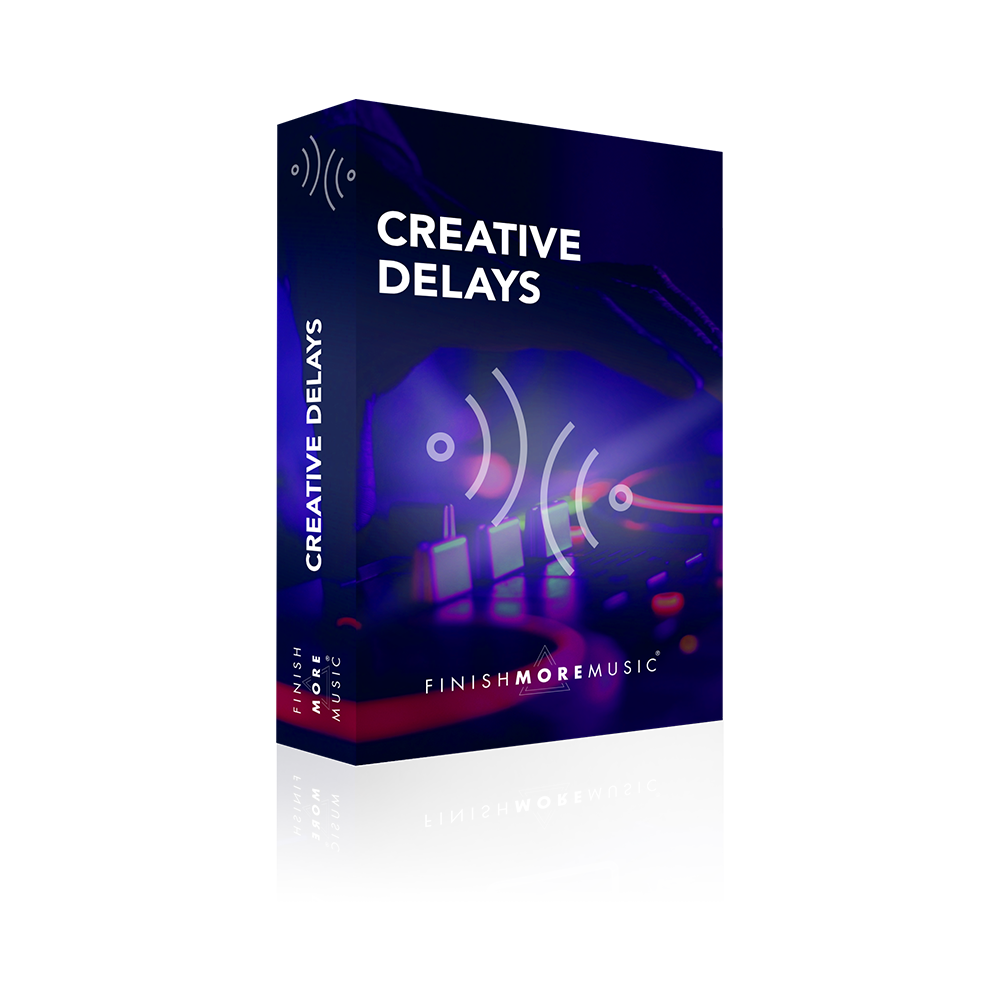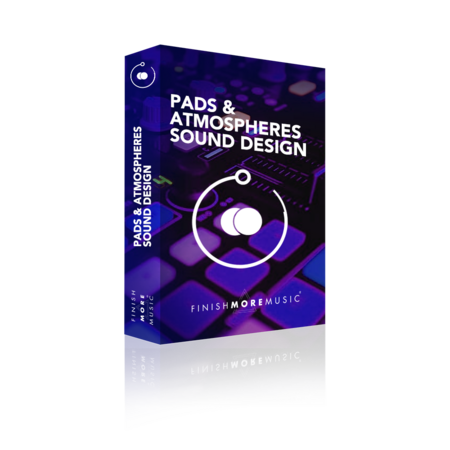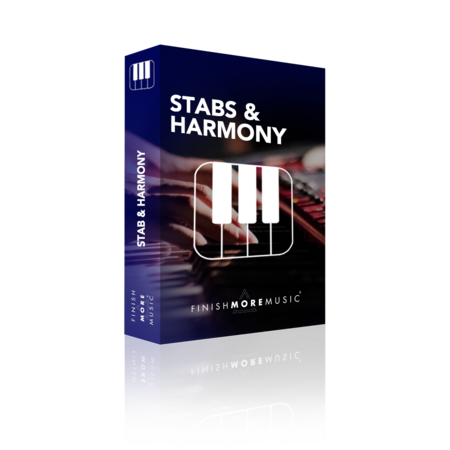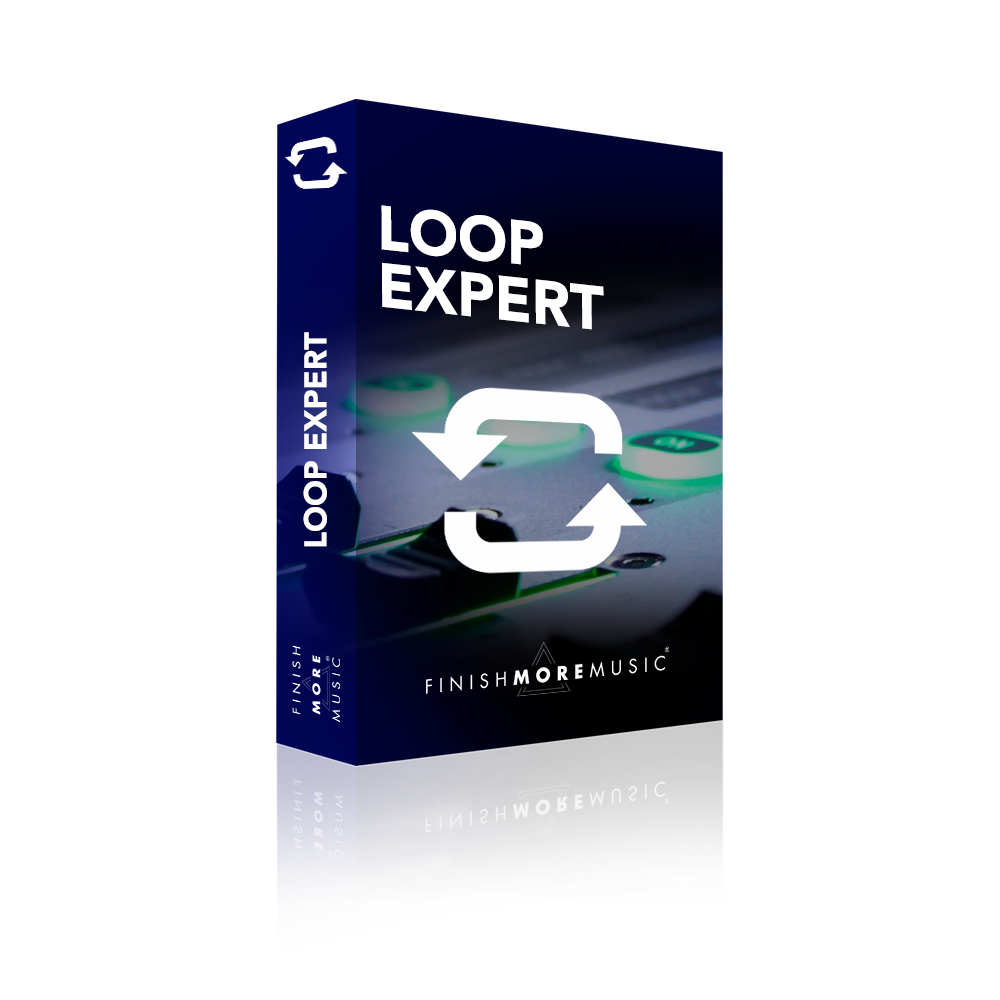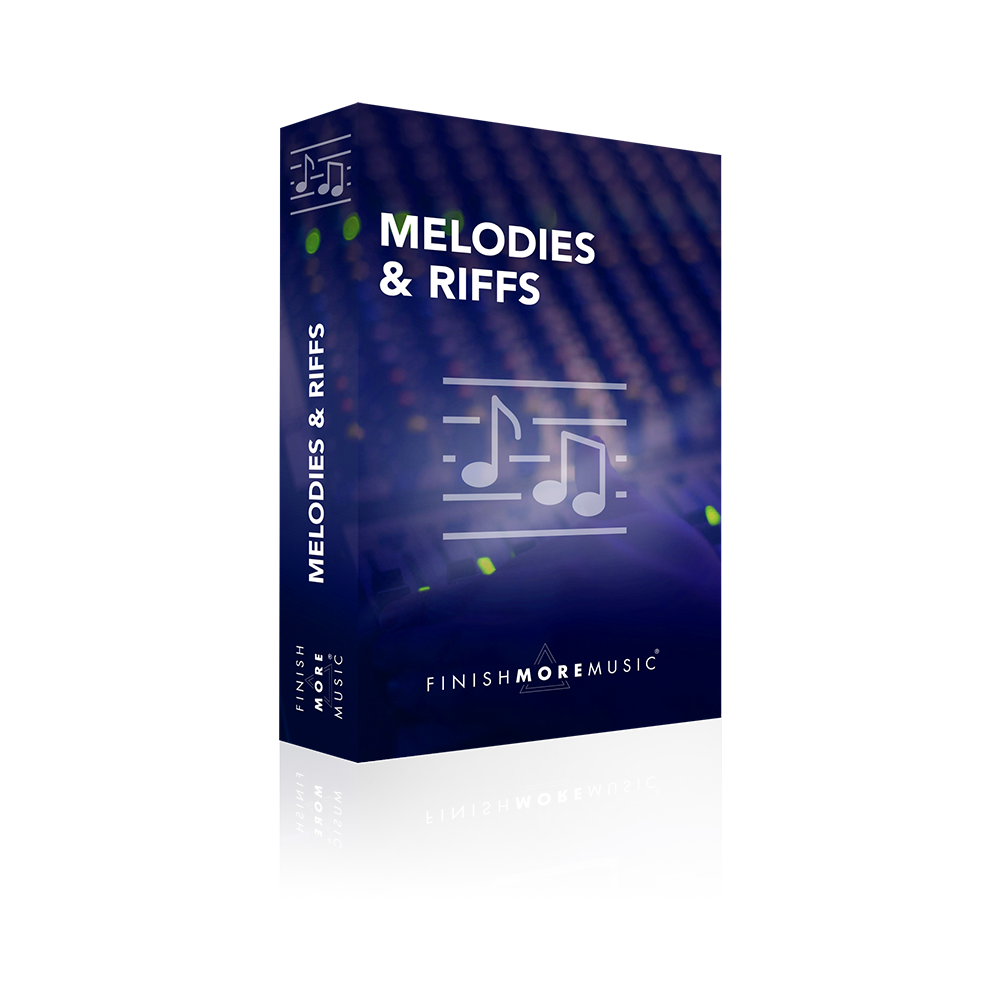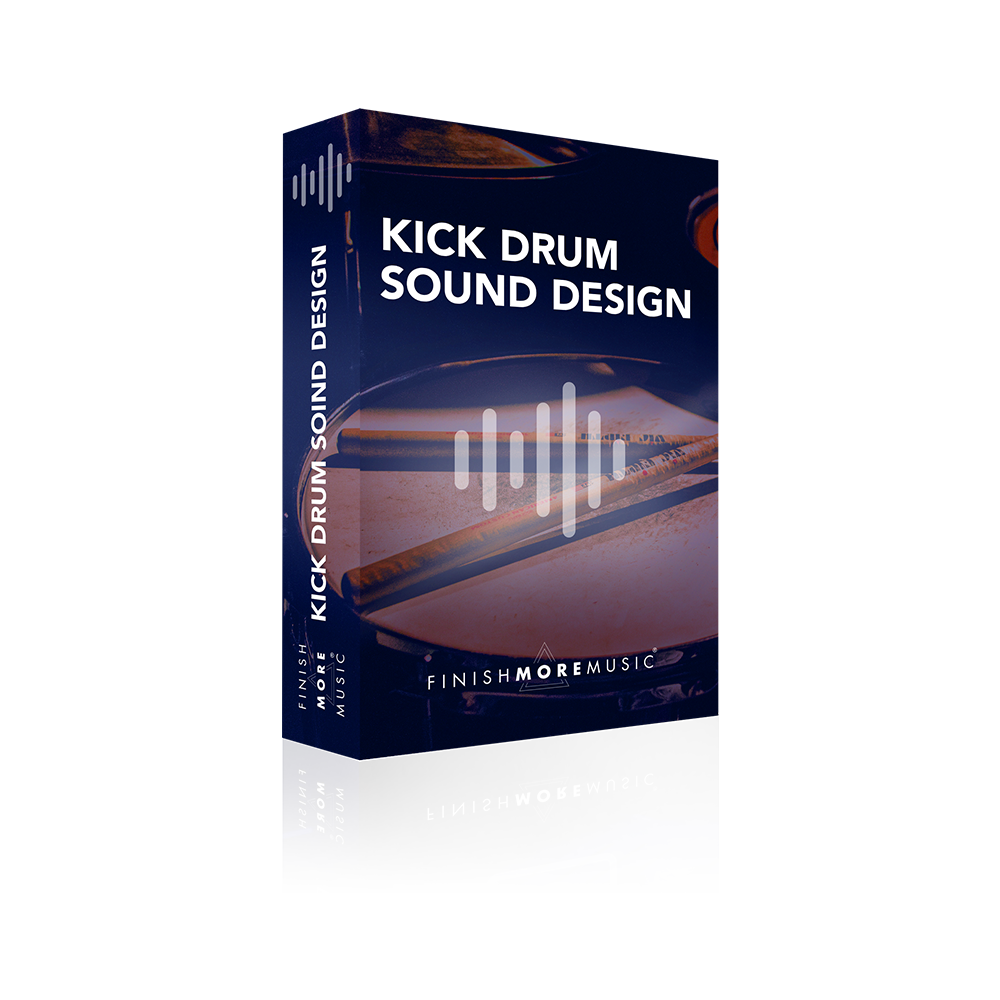Today is the day we start our 2019 Black Friday Sale! Our Quantize video courses and Ableton templates are now officially on sale for the next 2 weeks! These are no longer available to purchase throughout the year so grab them while you can! As I promised last week, during the event I will be releasing some of my favorite videos from my favourite packs to give you a sneak peek into what you can expect. This week I show you how to create those soft, washy Techno rides that are synonymous with the genre. This simple technique is quick and easy to set up and can really help drive the energy in your Techno tracks. Check it out!
Transcript
One thing that we do a lot to raise up the intensity and energy in techno and tech houses is use ride cymbals. And a question I get asked an absolute ton is how to make these washy kind of top ends. So whether you’re into techno or tech house or not doesn’t really matter. You can use these techniques also on other tops to get nice washy pumping kind of highs for your track. So for techno, and often tech house, we just tend to use a 909 ride and it just plays on the offbeat, and straightaway that is plenty good enough. That will work absolutely fine, but what we also tend to do is use a compressor that is sidechain to the kick drum so that we get a nice pumping sound. Now the important thing here is in your ride, you want to make sure that it’s plain, it’s full length or at least it’s getting cut off by the next ride. So all the space between the rides is filled up so in actual fact it looks more like this, okay. And that’s really important because the compressor is set to pump on the kick and basically it’s going to be pumping the tail of the ride cymbal. So let’s have a crack at that — that’s working nicely for me obviously remember we tweaked the release and the threshold to vary the pumping and see how it fits with a groove. So that is the standard way of doing it but to get things really washy, we tend to play around with some other rides and some other ideas so I’m gonna come in here, I’m going to duplicate over my 909 ride then I’m going to turn this into a sampler. And the only reason that I’m doing that is so I can hit this reverse button so this ride will now play back to front its name it revs so we know what we’re doing, and then we’re going to want to pull in this end marker because this is where it’s playing from, remember it’s playing in Reverse and we want to get a decent amount of the body of this ride symbol into action then we simply go in and we layer this up. Now you can play with different patterns here and get different results. but this is a classic way of doing it and notice how the Tambor’s changing is the two waveforms interact. You can get all sorts of phase interesting sounds out of this. That works well for me, so have a listen to what this is doing — remember it’s still pumping over here we’re getting a really nice vibe out of that now when things get washy. There’s a couple of things you can do to pronounce the offbeat a little more. The first would be to grab a compressor and put that onto our reverse, and then we’re going to take the audio input from our techno ride drum group and from the actual normal playing the right way round and on the offbeat ride. So the idea is.. you but when this ride plays it ducks this one, so the tail part of this gets ducked and then it washes up into the next ride where it’s ducked washes up into the next ride. But what it does is it protects to some degree the transient of our first 909 so we get that little bit more bite on the offbeat. So let’s have a listen to this.
Here we get that a little more pronounced, so let’s have a listen with everything going at once…and this for me is perhaps a touch loud so why don’t we just go in and tweak the volume a little bit. That’s working well and the last touch that we can do, and again all of these are optional, just the 909 on its own works well on the offbeat. Last thing we can do is use something like a closed hat. So I’ve just got going the standard 909 closed hat and then I’m just gonna have that play in an eighth-note pattern. It just provides some nice ticking again gives us a little bit of transient on the offbeat to work with as well, and because this whole thing is being ducked by the kick we get a quiet loud, quiet loud kind of vibe going on with that hi-hat. If I just show you, I’ve made it very very short, okay so that now sounds like this. Now the other thing that I forgot to mention was, I just added a little bit of high-pass in as well to that ride so taking out some of the mugginess, and this is something to tweak around with as well. There we go, great sound so as I mentioned, you can try this with other drum hits, doesn’t have to be 909 rides as well so it could be from any source you like and then add as much processing as you want phasers flangers, a bunch of reverb would work well on these delays there all sorts of things to try to get this to become, you know more pumping breathing and washy but this is a very standard technique and it works really well and as hell the majority of these washy top-end sounds are made.
Thank you for watching
I really appreciate you tuning in and I hope you’re enjoying the tutorials and taking some real value into your music sessions.
If this video resonated with you and you feel it will have a positive impact on the people you know, please share it by using the social media buttons you see at the bottom of this page.
To make sure you are always the first to know when a new video lands: Subscribe to the FMM Youtube channel here.
Let me know how you get on with the techniques I showed in the videos and if you have any suggestions for future tutorials, ping me a message on Instagram (@IamKeithMills)

